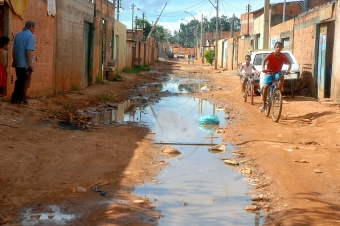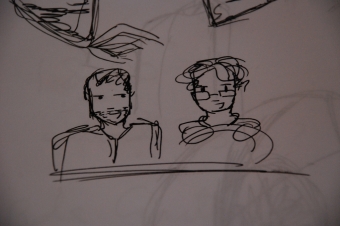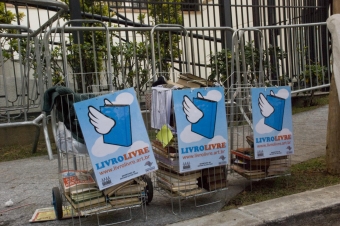Summary:
The activity that focuses on gender roles in the family and the use of corrective policies to protect women by addressing key legal issues inside the family law, such as the property regime and sharing in case of separation, divorce or dissolution of a stable union. It is intended that students develop the ability to build a consistent legal argumentation for complex cases and to identify the relationship between family law and the Federal Constitution. In order to do that, they should discuss the constitutionality of Art. 35-A of Law 12,693, from July 24 of 2012, which established differentiated legal regime according to the gender for acquired properties as part of the program Minha Casa Minha Vida (My house My Life)
Objective:
- GENERAL GOAL: It is to address peculiarities of the property regime in a marriage and stable union, and the relationship between family law and the achievement of public policy.
- SPECIFIC GOALS: It is sought to conduct students to discuss family law institutes in a hard case, such as the recent law of the My House My life, which received the property regime applicable in the light of the Civil Code. Also, it discusses the role of gender in the family, corrective policies to protect women, socioeconomic issues raised by the case and its implications respecting the constitutionality of the adopted legislative solution.
- It is intended that students develop the legal reasoning capacity in complex cases, as well as the identification of the possible socio-economic consequences of different legal regimes in family law.
Dynamics:
- TEACHING METHOD: role-playing, in which students took on roles and acted in accordance with them.
- REQUIREMENTS: the students had previous class on the property regime in marriage and stable union, as well as an introductory class about gender issues in family law, in which it was discussed the Maria da Penha Law.
- INTRODUCTION TO THE DYNAMICS: the class was divided into groups of 3 or 4 members. A set of groups (as needed - A1, A2, A3 etc.) should defend the constitutionality of art. 35-A of Law 12,693/12, while a set of groups (B1, B2, B3 etc.) should defend the unconstitutionality of the same device. Each group received the text of Article 35-A, some guidelines and directed questions about My House My Life (attached). The groups had one hour to prepare and could consult legislation, judicial decisions and doctrinal materials available at the internet. The professor walked around the groups and answered some doubts, or internally presented in the groups some indications of possible paths or problems of the case.
- DEVELOPMENT OF THE DYNAMICS: after preparation, the groups started debates in the following order:
1) A1 Group members presented their arguments individually (4 minutes);
2) B2 Group members presented their answers individually (4 minutes);
3) A2 Group members presented their replica individually (4 minutes);
4) B2 Group members presented their rejoinder individually (4 minutes).
The dynamic continued until all groups presented their arguments. The professor only coordinated the activity, intervening only when the manifestation of the students possibly contained serious mistakes. All students should necessarily manifest themselves during the activity, but only once. If the student had any more idea of argument, he should transmit it to the group colleague, then he could manifest. During the debate, it was not allowed the intervention of other students, even if they were members of the group.
- END OF THE DYNAMICS: the dynamics ended after the manifestation of the last group.
Evaluation:
- FEEDBACK: the professor gave return in a later class, resuming used lines of argumentation and correcting inaccuracies of terminology.
- GRADE EVALUATION: the posture of the students during the discussions and the simulation was taken into account for the participation grade. The grade was individual, based on the students' activity in the group discussion, presentation and simulation. This grade composed the final grade of participation. The professor appreciated the preparation of technical, creative and consistent arguments.
Observation:
1) The professor may ask that each group delivered a list of arguments that will be used in the debate, for control and evaluation purposes.
2) When the discussion is more technical, the professor can start the next class returning and specifying the used terms.
3) It is possible to vote by ballot, filled out by all students, after discussion between the parties, which creates more expectations and reactions from the students.





